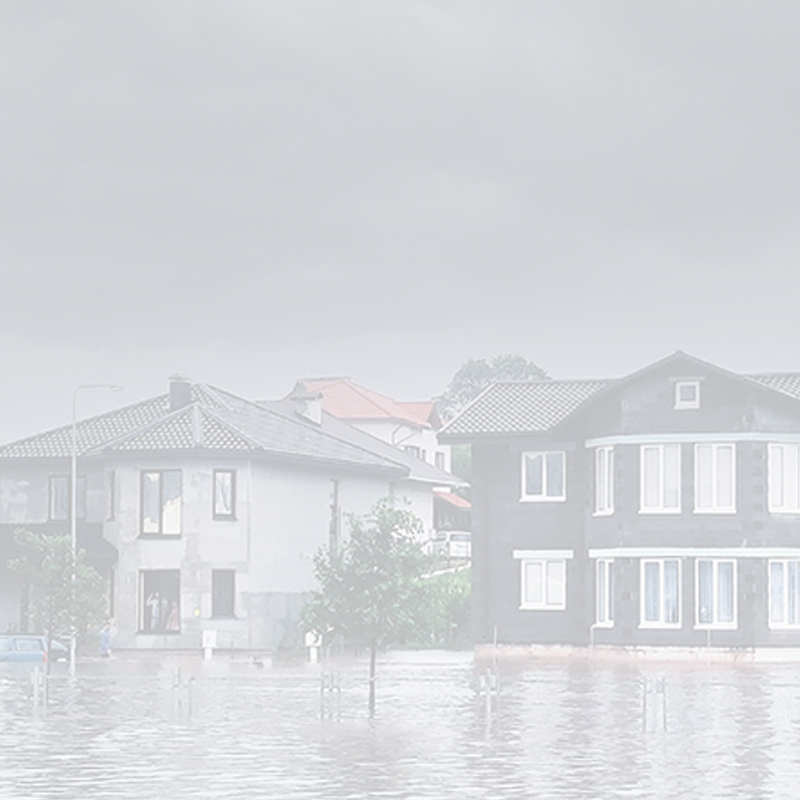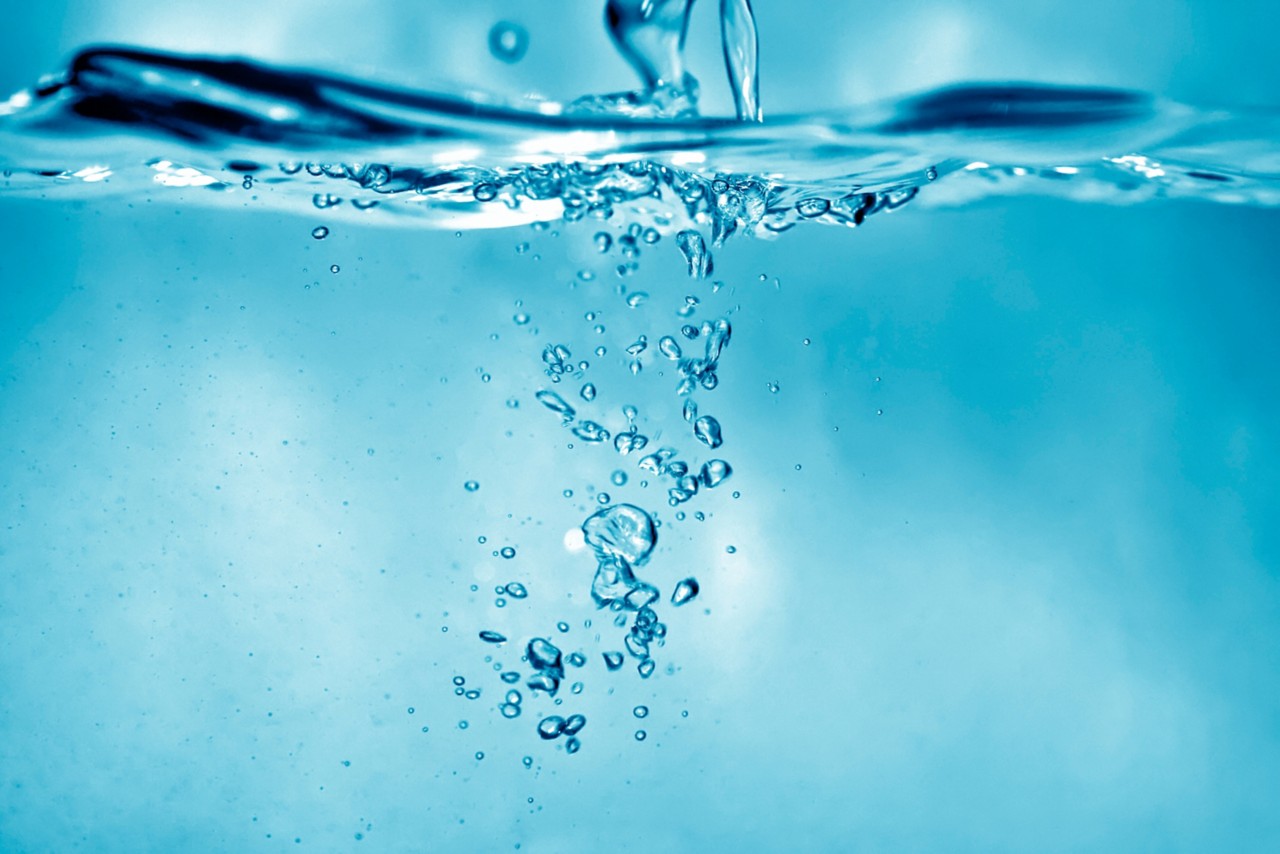Stop Wasting Water and Money. FIND A LOCAL PRO
In the aftermath of extreme storms and flooding, thousands of victims and their families are in dire need of safe, clean drinking water. If your home is still intact and your plumbing system is still functional there are still many contaminants that may be compromising your water quality.
If you own a water filter or treatment system from Pentair, you may believe that you can start drinking your water immediately, but this is not the case. All water filter systems must be disinfected after an event like a hurricane, as any part of the system or the water inside it may have become contaminated with refuse, chemicals, or microorganisms.
For detailed instructions on disinfecting your water filter system read this guide from the Water Quality Association.
First Steps
Regardless of what filter systems or appliances you are disinfecting, you should drain all the water from your water heater and appliances, ensuring that the power to these products is turned off.
Remove any dirt, mud, or other debris on the outer section of your water filter and clean the inside and outside surfaces with a disinfectant like Lysol. Verify in your user manual that the cleaning product you choose is compatible with your Pentair filter.
Ensure that all electrical components, if they exist, are completely dry before continuing. Handle all disinfectants with care and proceed to instructions for your filter
Water Softeners
Flush your water softener repeatedly with drinkable water until the water emitted is clear. Remove the brine well covers and the tank. Remove the water currently in the brine tank after noting the level of water remaining. Thoroughly clean the inside of the brine tank with disinfectant.
Mix three teaspoons of household bleach per gallon of water to make chlorinated water. Add this chlorinated water to your tank to reach the amount it contained previously. Pour about 2 teaspoons of household bleach (per cubic feet of resin) straight into the brine well.
Replace all covers and start a regeneration cycle. For more detailed instructions read page 4 of the WQA guide.
We are water Experts
Water quality is non-negotiable. To prove it, we've built state-of-the-art water quality labs and filled them with the best and brightest scientists — all so we can provide you with the best water of your life.
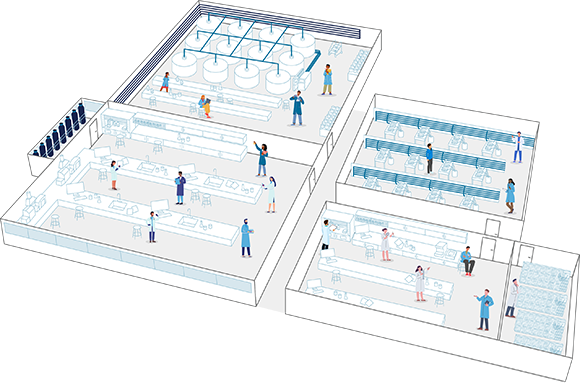
Carbon Filters
Systems like our whole house water filters use carbon media to treat water. For carbon filters and similar types of filters, first remove the filter that was in place during the flood and discard it. Clean the head and sump with bleach and detergent before inserting a new carbon filter.
For the whole house filter, you’ll want to empty the mineral bed. Clean the entirety of the unit with a combination of water and bleach. Always use proper precautions when cleaning with bleach. For more information read page 5 of the WQA guide.
Reverse Osmosis Filters
For reverse osmosis filter systems, the method of disinfection will vary based on the degree of contamination. You must determine if the actual product water is contaminated with microorganisms. When in doubt, order a testing kit and verify your suspicions.
The procedures for disinfecting a reverse osmosis filter when the water is contaminated with microbes are too lengthy to fully list here. You will need to introduce a chlorinated water solution into the system and wash it in stages. Read the entire process on page 5 of the WQA guide.
While the procedures vary if the water in the product has not been contaminated, disinfecting a reverse osmosis filter is still a complicated process. Click here and navigate to page 6 to read the step-by-step instructions.
Of course, not every Pentair filter system is listed here. Ensuring your drinking water is safe after a flooding disaster is a top priority. If you need instructions for disinfecting your specific model of water filter don’t hesitate to contact Pentair today.
What's in your water?
start here
Worried about your water? Take control with our at-home water test kit. We'll analyze your water and recommend the best filtration or softening solution for your specific needs.
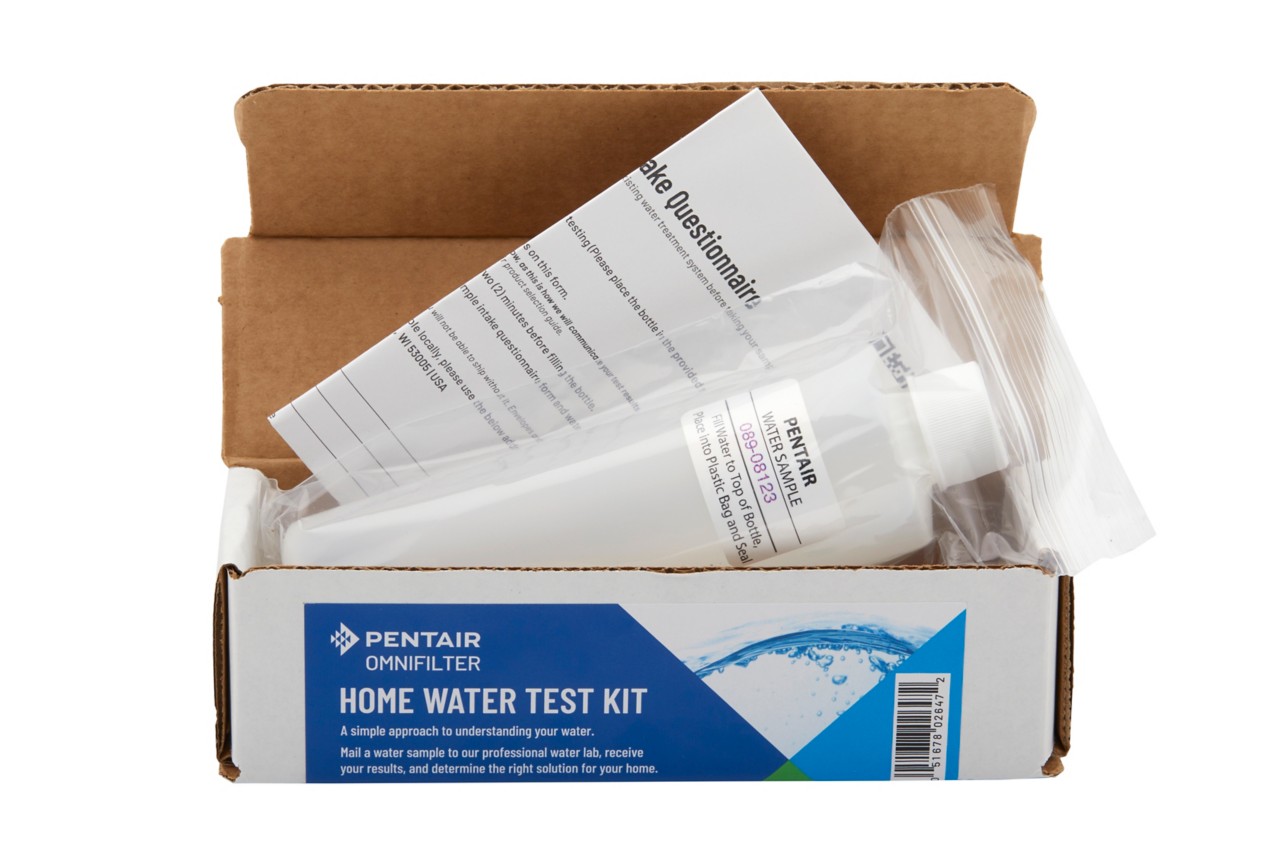

Water 101
Unleash the secrets of your H2O! Explore where water originates and discover the various water filtration solutions that transform it into drinkable water.
Related Articles
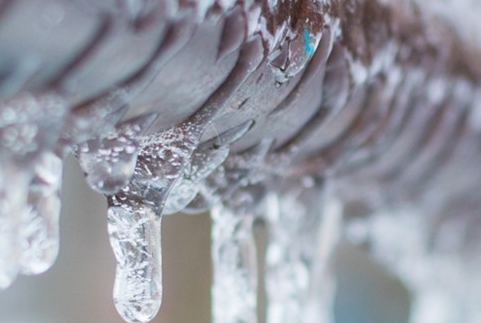
WINTER PREPAREDNESS TIPS FOR WATER
As temperatures drop this winter, it's time to think about water-related issues associated with cold weather..…

WATER FILTRATION SYSTEMS FOR APARTMENT LIVING
If you’re concerned with water quality, apartment living can be tough.…

WATER-BASED HOME MAINTENANCE CHECKLIST
Home maintenance tips for summer, spring, or fall wouldn’t be complete without…
Disclaimer: The information on this website has not been reviewed by the FDA. Products offered for sale herein are not intended to treat, cure or prevent any disease or health condition. No medical claims are being made or implied. Contaminants mentioned are not necessarily in your water.

